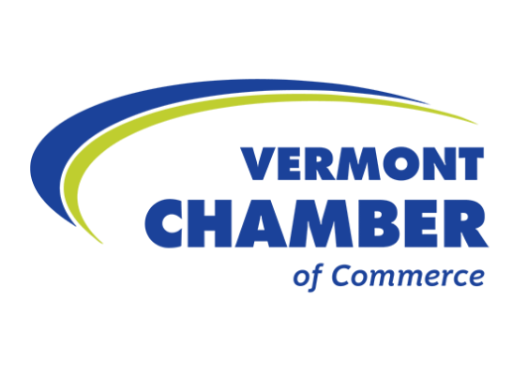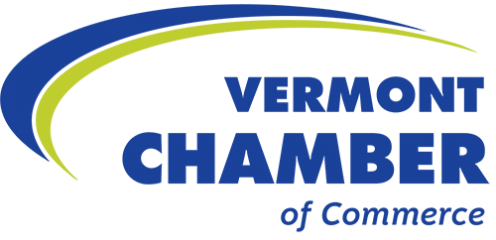Community Partnership for Neighborhood Development Program
The housing bill, S.226, was back in the House General, Housing, and Military Affairs Committee, as they considered an amendment creating a community partnership for a neighborhood development program. The Department of Housing and Community Development (DHCD) would operate the program and bring together local officials, nonprofit and for-profit developers, and employers, into a council to create a pilot neighborhood development project. The goal of the pilot is to understand and demonstrate how an inclusive partnership model to make targeted investments can support the development of housing in a smart growth area. The program would receive an initial funding of $1 million and, based on a competitive application, a pilot municipality would be chosen to work with DHCD and the council through 2026 to strategically invest funds to create a development-ready framework for new and infill neighborhood development and construction-ready building lots.
The Vermont Chamber has advocated for regulatory and programmatic changes that would incentivize the development of housing for middle income earners to address the workforce shortage impacting businesses. Just doing the status quo isn’t working. New partnerships and programs that involve the business community can generate innovative solutions to stimulate development.
SHARE THIS ARTICLE
RECENT NEWS




